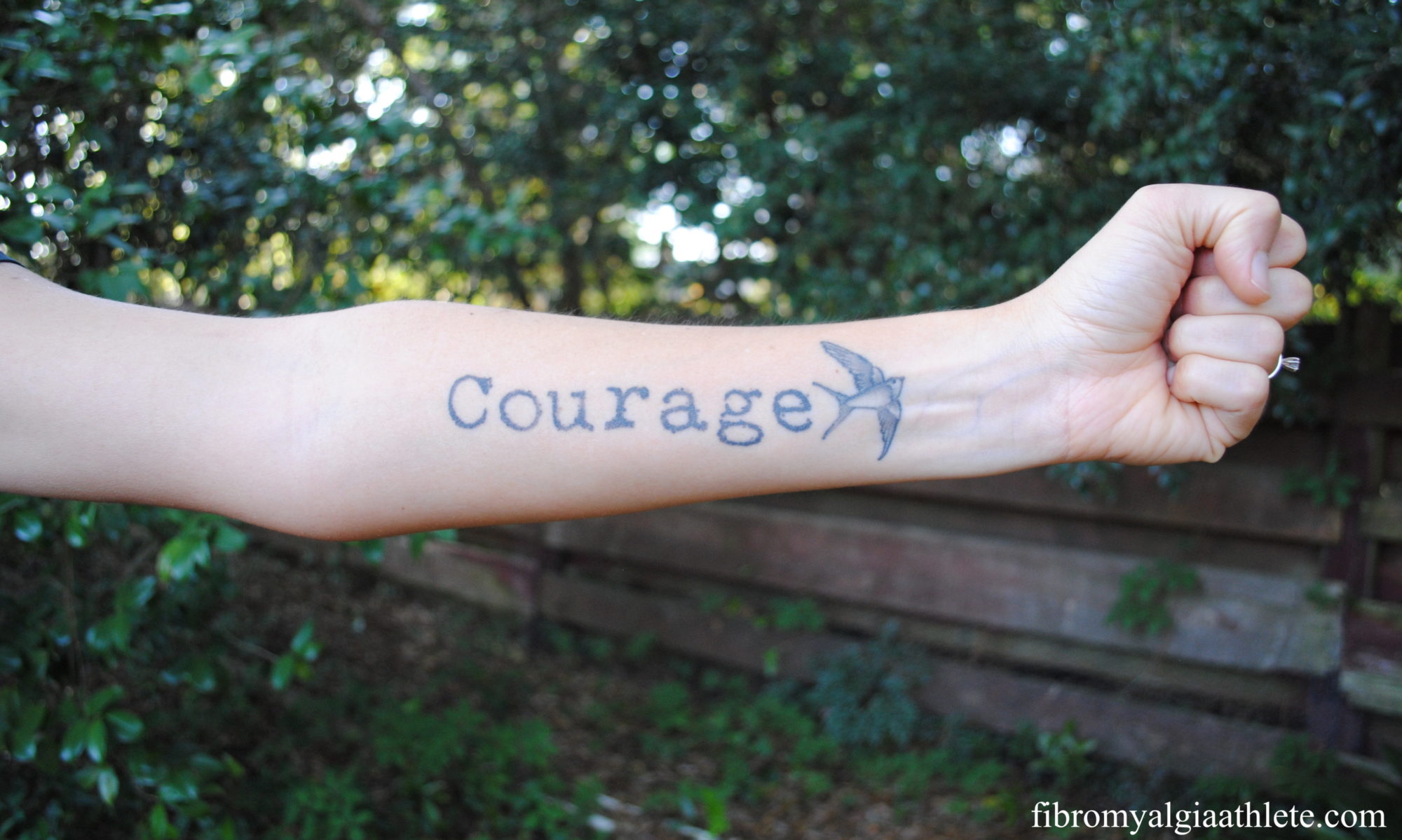
I work multiple jobs, none of which provide benefits of any kind—no insurance, no paid days off, no freebies. Other than health insurance, groceries can be my largest bill if I’m not careful. I’m a major believer in health food and clean eating, and over the years I’ve figured out what works best for my body. I stay away from gluten, processed foods, and added sugar. I’ve done Whole30 (a month-long challenge to go very strict paleo), been vegan, and been vegetarian. After all is said and done, I realized I function best on a mixture of the three. That may sound crazy—mixing paleo and vegan—but some of the basics are the same. Only whole foods. No crap. Vegan is a lot easier on a budget than paleo, and the extra carbs in vegan meals help fuel my long runs and hikes. Here’s how I eat clean, healthy foods on a very small budget:
Bulk bins are your friend. I got a hearty, organic soup mix full of barley and beans for only a couple bucks. If the same soup mix had been pre-packaged, I’d have paid a lot more. I added my own seasonings and the result was fantastic.
Communicate. Get to know the produce person in your market, and talk with the store manager. Ask them to split a head of cabbage if it’s priced by the pound, then only buy half since that’s all most people can use anyway. Find out what days certain foods are most likely to be discounted. I’ve saved a ton this way. My local co-op often has half-price produce on Sundays, and I get lots of organic mushrooms and salad greens for cheap.
Check for matching grants. Some local farmers’ markets get grants that double food stamp dollars. That means every EBT dollar buys $2 worth of food at a matching farmers’ market. You can eat clean, local food without blowing your entire month’s benefit on one shopping trip.
Don’t ignore frozen food. Frozen broccoli is some of the nastiest food I’ve ever put in my mouth, but other frozen veggies and fruits are delicious. I can usually buy frozen, organic strawberries for way less money than their fresh counterparts.
Use salad bars for meat. Organic salad bars often have cooked chicken breast as a salad topping. Organic meat is super expensive, but if you add some on top of a salad at a pay-by-the-pound bar, you can come out with a great meal for just a few bucks. I once calculated that I got a huge salad with lots of fancy toppings like red bell peppers and chicken breast for less money that I would’ve spent on one organic bell pepper. No kidding.












